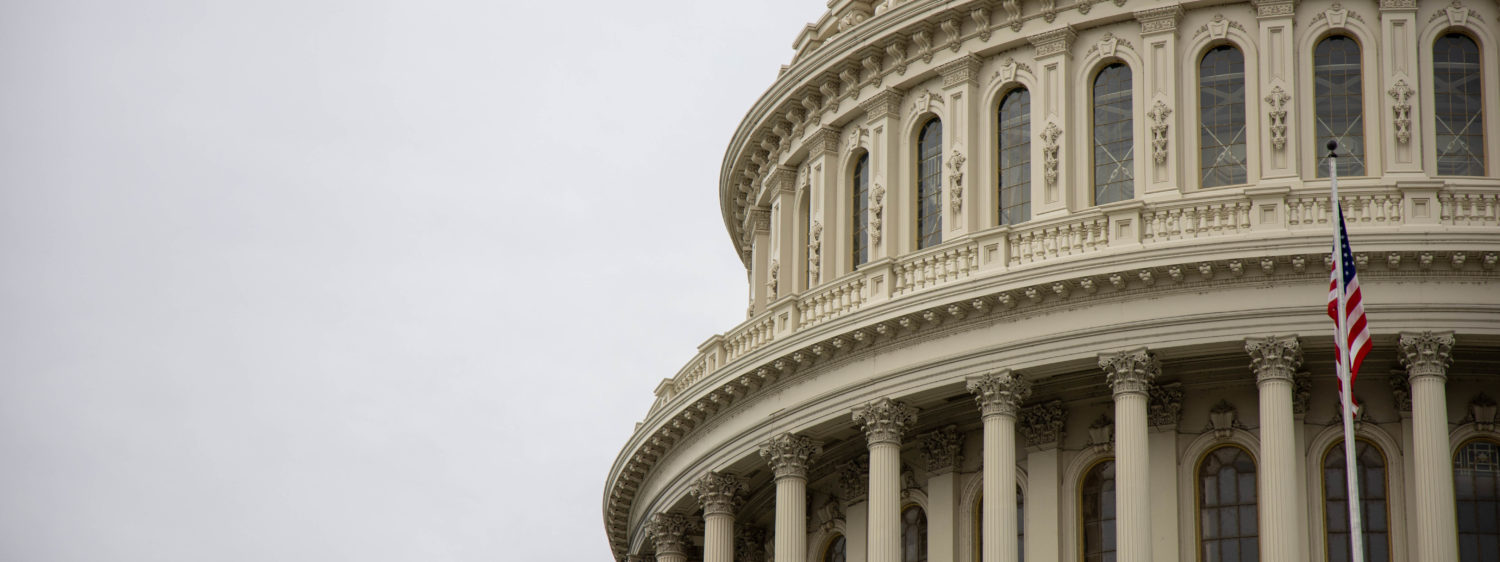by Margarita Mooney Clayton on February 1, 2012
This post originally appeared on the Black, White, & Gray blog.
In December, Georgetown scholars Tom Farr and Tim Shah organized an online debate through the New York Timesthat asked if religious freedom is under threat in the U.S. was particular struck by the viewpoints of representatives of minority religions in the U.S.– such as Sikhs and Muslims–who feel misunderstood, mis-represented, and often find it difficult to carry out their basic religious duties.
Noah Feldblum’scontribution to the debate, however, puts their narratives into historical context. Feldblum, a legal scholar, makes the excellent point that, in the past, America experienced waves of ill feelings towards Mormons, Catholics and Jews. Just as these prejudices faced, he looks forward to the day where we can say the same for other religious minorities in the U.S. who feel discriminated against today.
I encourage you to read all of the testimonies in this debate, and to follow the work of Tim Shah and Tom Farr, the co-director and director, respectively, of the Religious Freedom Project at the Berkley Center for Religion, Peace and World Affairs at Georgetown University.
Religious freedom–the freedom to worship, the freedom to express one’s religious views in public, the freedom from religious discrimination–is an important part of the U.S. legal and cultural heritage. In this time of religious misunderstandings and conflicts, the U.S. may not be perfect, but our model can be an example for other nations to follow. Protecting religious freedom, especially for minorities, may not come without a struggle, but if history is our guide, that should neither surprise us nor discourage us. As Jerry Park wrote in another post on this blog, some groups have protested shows that depict Muslims as All-American as their Protestant, Catholic or Jewish neighbors. But with time, these media images may contributed to a greater understanding of the Muslim faith.
But, as Mitch McConnell’s piece highlights, threats to religious freedom in the U.S. also affect members of Christian groups whose viewpoints dissent from contemporary views on abortion or sexuality.
As Helen Alvare, Tom Farr, and Tim Shah all point out in their pieces in this debate, protecting religious freedom requires knowing what religious freedom is and why it is vital to democracy and civil society. On another site, David Carroll Cochran argues that restricting religious freedom harms not only religious believers, but the moral tone of entire societies.
Defending religious freedom also requires going beyond defending religious freedom out of self-interest for my group to defending religious freedom as a principle to which all people are entitled, regardless of their professed faith. As I have often told my students, defending religious freedom does not mean we have to like the beliefs or practices of other religions, but doesn’t the same go for freedom of speech, association and the press?
But what about religious violence? Shouldn’t we limit religious freedom in the name of security and safety? That question is complicated, but in a consultation on religious freedom organized by the Witherspoon Institute, scholars and diplomats argued that, for the most part, restrictions on religious freedom heighten rather than lessen religious conflicts. In their book “The Price of Freedom Denied” sociologists Brian Grim and Roger Finke shows that ensuring religious freedom for all reduces violent religious persecution and conflict, and that restricting religious freedoms leads to higher levels of violent persecution.
Undoubtedly, religious freedom in the U.S. and abroad is a complicated subject; look for the Witherspoon Institute’sTask Force on Religious Freedom’s monograph that will be released in March 2012 for more on this topic.
